The Smoky Mountains are known for receiving large amounts of rain in a season and when it comes in bunches, the result can be swollen, rough, intimidating, and dangerous streams and rivers. Good and bad things occur when the water rises in mountain streams. On the down side, the streams become much more dangerous and sometimes impossible to wade. The faster current also makes it more difficult to control your drift. On the up side, a lot of food gets churned up in the stream, and that factor, combined with a level of comfort and security in stained water, often results in more reckless feeding by some of the bigger trout on the block. There are brown trout exceeding 20” in many mountain streams that don’t get caught often, but when they do, it’s usually when the water is up and off color.
The stream is going to look completely different under these conditions and it will help if you have intimate familiarity with the stream under normal flows. Regardless of how well you know the water, always use extreme caution under these conditions and don’t try any heroic stream crossings. One wrong step can quickly get you in big trouble! In fact, it’s not a bad idea to wear a life vest when fishing under these conditions. Better safe than sorry!
Forget about finesse. You’re not going to coax rainbows to #16 dry flies with delicate casts. Bring a long rod for a heavier line – maybe a 9’ 6 weight – and plan on chucking large, heavy nymphs with a rosary of split shot and no strike indicator. Casting is going to simply involve one flip behind you, wait for the tug on the rod tip, and chuck it forward with an open loop. Long casts are not necessary and will be less effective.
Instead, wade the edges and look for slower seams on the edge of fast currents and eddies behind rocks. Position yourself as close to the feeding zone as you safely can and use the length of the rod to reach and hold your flies in position. Keep the rod tip up and try to keep as much of the fly line off the water as possible, allowing for a much slower, more controlled drift. Follow the flies with the rod tip as they drift through the feeding lane and keep an eye on the fly line between the rod tip and water. You may feel a strike since you’re working with such a short line but most likely you’ll determine the strike when you see the fly line pull down or hesitate. If anything suspicious like this occurs, set the hook! With practice you’ll soon be able to differentiate between fish and rocks.
Don’t expect to catch large quantities of fish under these circumstances. It will be tough fishing to say the least. But if you stick with it, the rewards can be enormous!

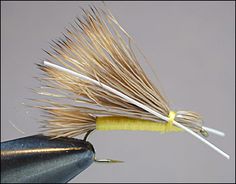 A good fly pattern is a good fly pattern. And while many good fly patterns, for one reason or another, may fall from popularity, it’s not because they stop catching fish – they just stop catching fishermen. The Madame X certainly fits that description as it had tremendous popularity twenty years ago but is rarely mentioned today.
A good fly pattern is a good fly pattern. And while many good fly patterns, for one reason or another, may fall from popularity, it’s not because they stop catching fish – they just stop catching fishermen. The Madame X certainly fits that description as it had tremendous popularity twenty years ago but is rarely mentioned today.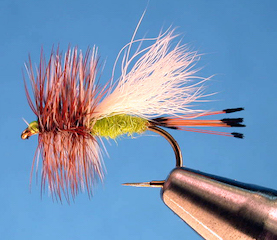 Summer is creeping slowly into the Smokies and fly patterns are beginning to shift again. In late spring and summer, nearly everything that hatches is brighter in color. Most of the aquatic insects you see are some shade of yellow or bright green, so it certainly makes sense to fish fly patterns in the same color profile.
Summer is creeping slowly into the Smokies and fly patterns are beginning to shift again. In late spring and summer, nearly everything that hatches is brighter in color. Most of the aquatic insects you see are some shade of yellow or bright green, so it certainly makes sense to fish fly patterns in the same color profile.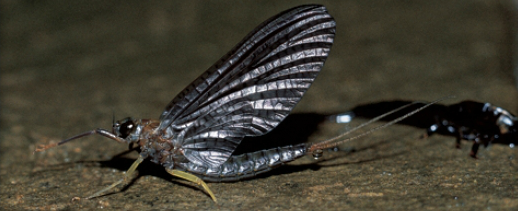
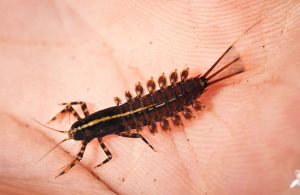
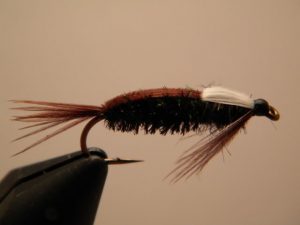
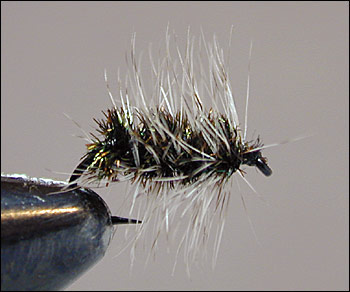
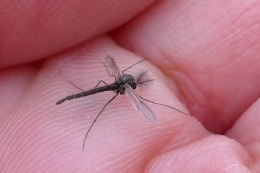
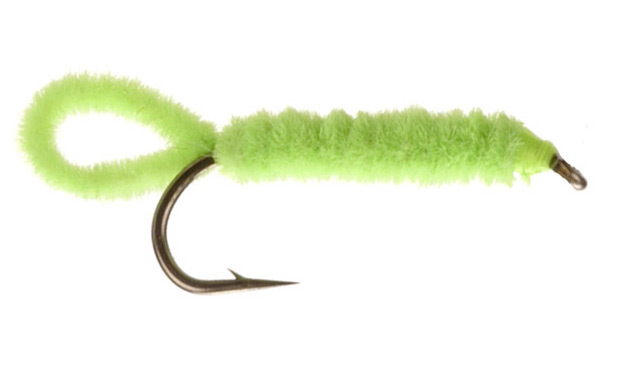 In June, hatches start to thin out. We still see a fair number of Yellow Sallies and a smattering of caddis and mayflies, but the heavier, attention getting hatches of spring have mostly come to an end. But when summer eases its way into the mountains, trout turn their attention to terrestrials, and so should you. We’ll talk about several varieties of terrestrials over the coming months but we’ll start with the granddaddy of all mountain terrestrials: the Green Weenie.
In June, hatches start to thin out. We still see a fair number of Yellow Sallies and a smattering of caddis and mayflies, but the heavier, attention getting hatches of spring have mostly come to an end. But when summer eases its way into the mountains, trout turn their attention to terrestrials, and so should you. We’ll talk about several varieties of terrestrials over the coming months but we’ll start with the granddaddy of all mountain terrestrials: the Green Weenie.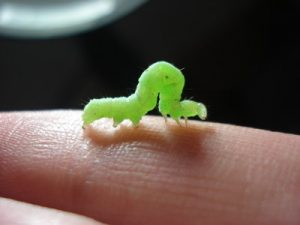
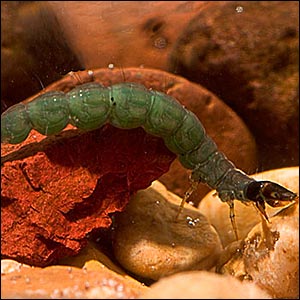
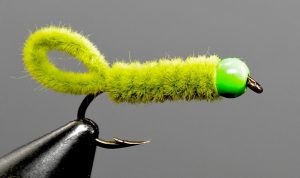
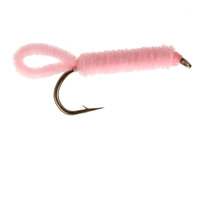
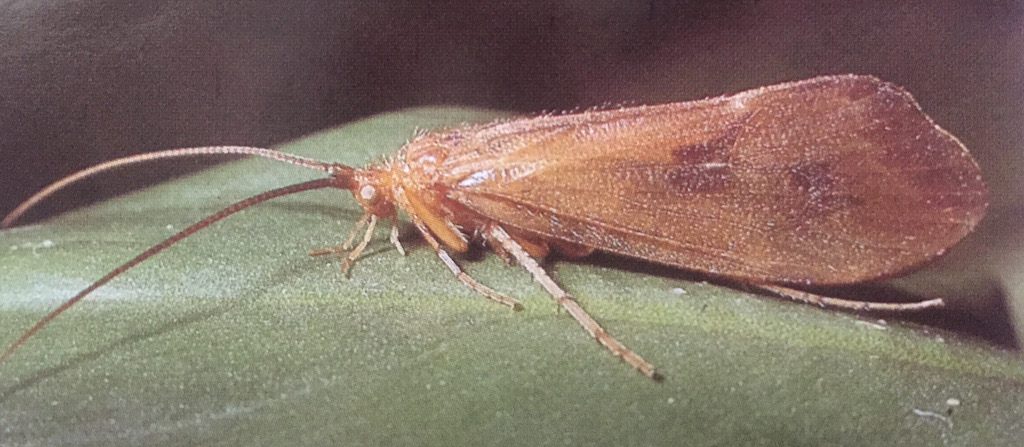 The Ginger Caddis of the Smokies is known in other circles as the Great Brown Autumn Sedge. Many lump it together with a few other similar species and refer to them all just as October Caddis. No matter what we decide to call it, fish just call it food! Caddis of numerous varieties are available most of the year in the Smokies but really seem to come into their own in fall. And of the many caddis species hatching in the fall, the Ginger Caddis is the undisputed king.
The Ginger Caddis of the Smokies is known in other circles as the Great Brown Autumn Sedge. Many lump it together with a few other similar species and refer to them all just as October Caddis. No matter what we decide to call it, fish just call it food! Caddis of numerous varieties are available most of the year in the Smokies but really seem to come into their own in fall. And of the many caddis species hatching in the fall, the Ginger Caddis is the undisputed king.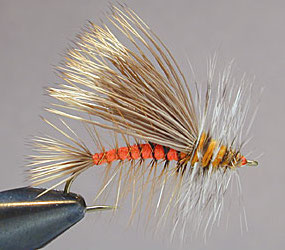
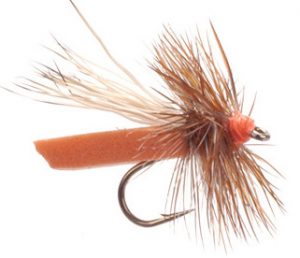
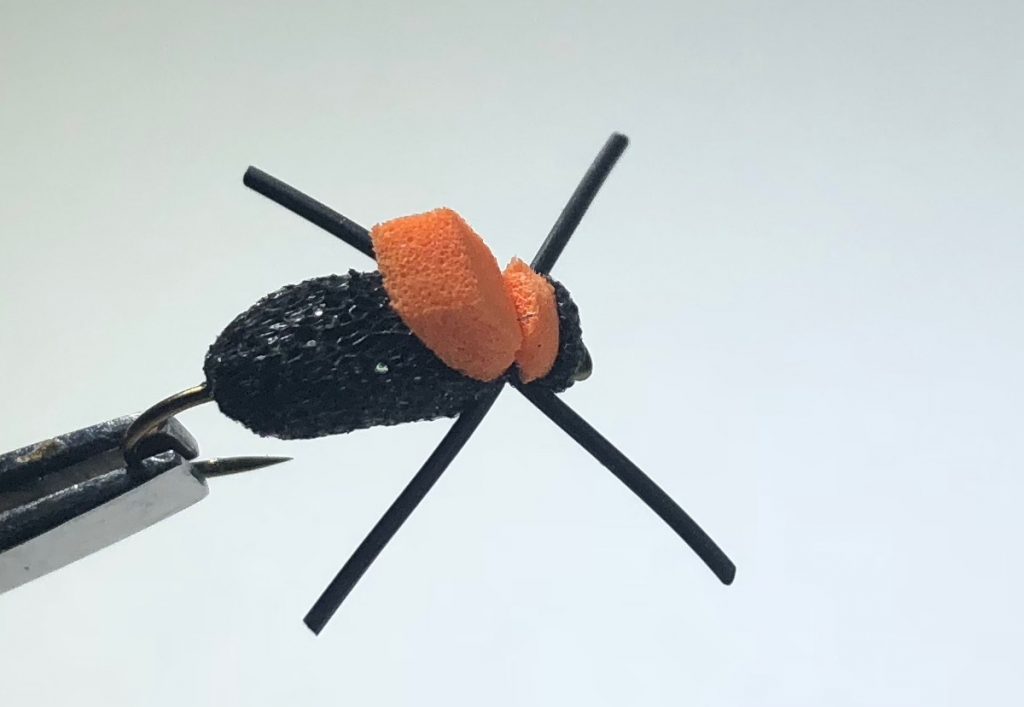 In general, I mostly look forward to spring and fall fishing the most in the mountains. Temperatures are mild and fish are typically at their most active. However, there is one particular thing that makes me excited for the warm weather of summer to arrive: Beetle fishing!
In general, I mostly look forward to spring and fall fishing the most in the mountains. Temperatures are mild and fish are typically at their most active. However, there is one particular thing that makes me excited for the warm weather of summer to arrive: Beetle fishing!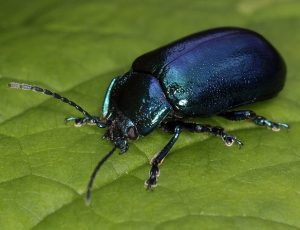
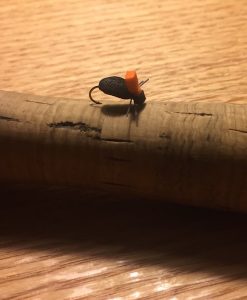
 Winter seasons are not typically known to produce large hatches of aquatic insects, particularly in our part of the country. However, if you’re going to run into a hatch worthy of bringing fish to the surface during the cold winter months, it’s likely to be a hatch of Blue Wing Olive mayflies. Blue Wing Olives, or BWO’s as they’re commonly called, are one of the most erratic hatches that I know of. While most aquatic insects hatch at fairly predictable times of the year, BWO’s are likely to come off anytime of the year, typically on the crappiest day imaginable.
Winter seasons are not typically known to produce large hatches of aquatic insects, particularly in our part of the country. However, if you’re going to run into a hatch worthy of bringing fish to the surface during the cold winter months, it’s likely to be a hatch of Blue Wing Olive mayflies. Blue Wing Olives, or BWO’s as they’re commonly called, are one of the most erratic hatches that I know of. While most aquatic insects hatch at fairly predictable times of the year, BWO’s are likely to come off anytime of the year, typically on the crappiest day imaginable.


 Blue Quills represent one of the first good mayfly hatches of the year in the Smokies. By “good,” I mean they can come off in big enough numbers and with enough consistency for trout to really take notice. As with most aquatic insects, water temperature determines when they hatch and being an early season bug, there can be as much as a three week variation from year to year.
Blue Quills represent one of the first good mayfly hatches of the year in the Smokies. By “good,” I mean they can come off in big enough numbers and with enough consistency for trout to really take notice. As with most aquatic insects, water temperature determines when they hatch and being an early season bug, there can be as much as a three week variation from year to year.
